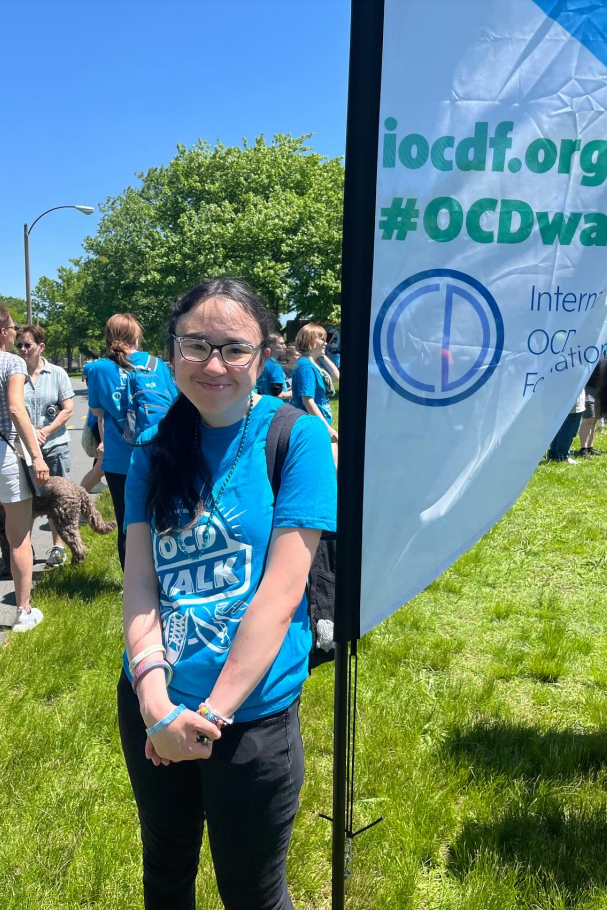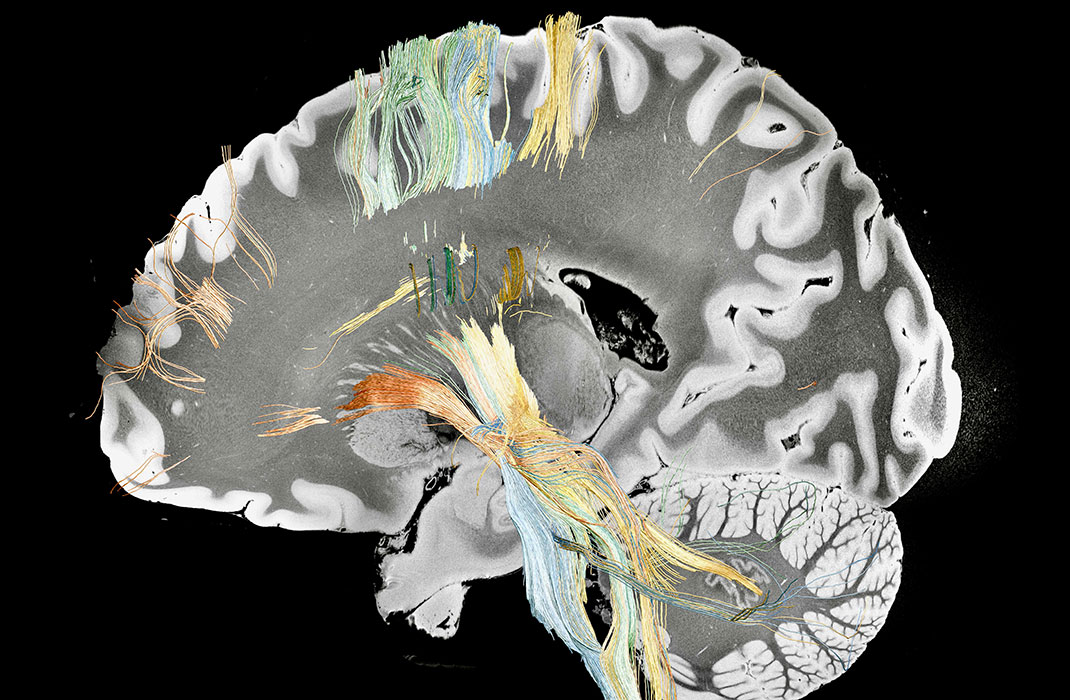-
- Find Care
-
- Visitor Information
- Find a Location
- Shuttles
- Visitor Policies
-
-
- Our Virtual Care Options
- Virtual Urgent Care
- Virtual Visits for Primary & Specialty Care
- Online Second Opinions
- Participate in Research
-
- Contact us
-
- For Innovators
- Commercialization Guide for Innovators
-
-
- Research News
- Alzheimer's Disease
- Artificial Intelligence
-
- Overview
-
- Overview
- Getting Started
- New to Mass General Brigham
- International Patient Services
- What Is Patient Gateway?
- Planning Your Visit
- Find a Doctor (opens link in new tab)
- Appointments
- Patient Resources
- Health & Wellness
- Flu, COVID-19, & RSV
- Billing & Insurance
- Financial Assistance
- Medicare and MassHealth ACOs
- Participate in Research
- Educational Resources
- Visitor Information
- Find a Location
- Shuttles
- Visitor Policies
- Find Care
-
- Overview
- Our Virtual Care Options
- Virtual Urgent Care
- Virtual Visits for Primary & Specialty Care
- Online Second Opinions
-
- Overview
- Participate in Research
-
- Overview
- About Innovation
- About
- Team
- News
- For Industry
- Venture Capital and Investments
- World Medical Innovation Forum (opens link in new tab)
- Featured Licensing Opportunities
- For Innovators
- Commercialization Guide for Innovators
- Contact us
-
- Overview
- Information for Researchers
- Compliance Office
- Research Cores
- Clinical Trials
- Advisory Services
- Featured Research
- Two Centuries of Breakthroughs
- Advances in Motion (opens link in new tab)
- Brigham on a Mission (opens link in new tab)
- Gene and Cell Therapy Institute
- Research News
- Alzheimer's Disease
- Artificial Intelligence
-
- Overview
-
- Overview
- Residency & fellowship programs
- Brigham and Women's Hospital
- Massachusetts General Hospital
- Mass Eye and Ear
- Newton-Wellesley Hospital
- Salem Hospital
- Integrated Mass General Brigham Programs
- Centers of Expertise
- Global & Community Health
- Health Policy & Management
- Healthcare Quality & Patient Safey
- Medical Education
- For trainees
- Prospective trainees
- Incoming trainees
- Current trainees
- Continuing Professional Development
Deep Brain Stimulation Treatment Returns Hope to an Aspiring College Student
Harboring hope
Now, after years of inpatient treatment, Julia finds herself finally on the state hospital’s discharge list and harbors hope for her future. “To be at this point is kind of exciting and terrifying,” she said. “Ultimately, I want independence. I want my own house, a job I love. I want to have a relationship. I want to earn a college degree. And I can’t wait to experience going to the beach!”
Julia has been venturing out of the med-psych unit on passes to dip her toe into everyday activities, grocery shopping and taking public transportation. This fall, she will embark on her journey towards a college degree, enrolling in online classes at the University of Arizona while continuing to reside in Massachusetts near her DBS team.
She aspires to earn a history degree with a focus on medical history, a passion partially inspired by her experiences as a patient. Her ultimate goal is to pursue a career in museum studies or archival work. “Medical history is such a vulnerable side of humanity,” she explains. “It’s the crux of societal values and what makes societies function, and it helps us understand so many other things. I love it.”
'Keep pushing through'
Julia appreciates the support and attentiveness of her team at MGH, recognizing the pivotal role they've played in helping her achieve her goals. “They’ve been amazing,” she said. “They’ll come out to me at the state hospital, so I don’t have to come into the office. When I was at the point where I was giving up, they swooped in and gave me my hope back.”
Thanks to her positive experience, she urges other patients grappling with severe OCD to consider DBS treatment. “Sometimes you need to take the risk,” she said. “Even though there’s a chance it’s not going to work, if it’s between that and not having a life, which is really the other option, take it.
“If there is one thing I would tell others, it’s that I think there's no such thing as a hopeless case. It's just that you haven't found a treatment that works for you yet, and you have to keep pushing through. You aren’t broken.”

